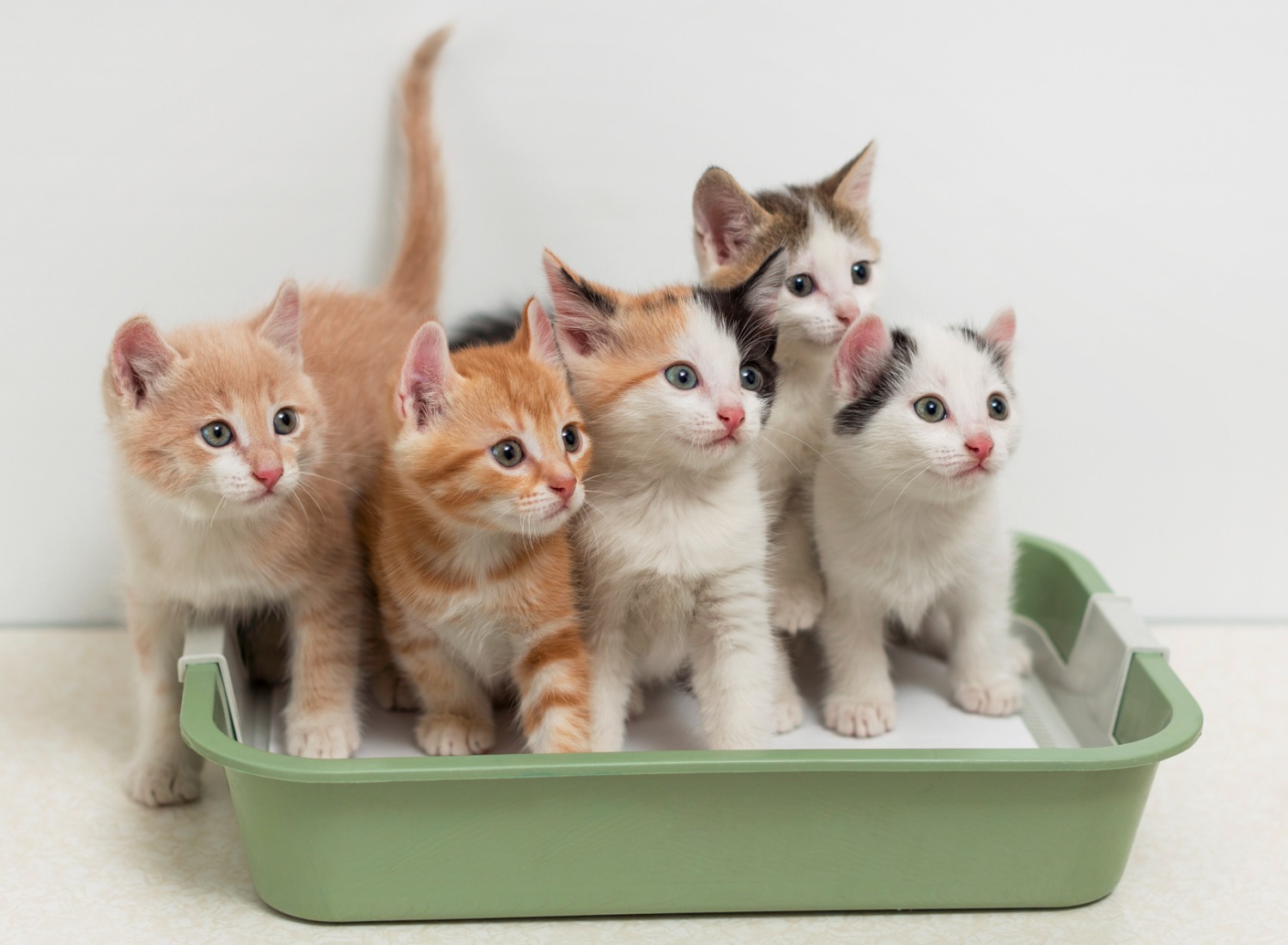Can Cats Share a Litter Box: How to Care for Multiple Cats in the Same Home

Living with multiple cats can be a joyous and rewarding experience, but it also comes with its fair share of challenges—especially when it comes to the litter box. One common question that arises is whether cats can share a litter box.
While it’s possible for multiple cats to use the same box, it requires careful planning, proper hygiene practices, and an understanding of feline behavior. In this comprehensive guide, we’ll delve into the dynamics of litter needs for multiple cats in the same home. From choosing the right type and number of boxes to maintaining cleanliness, we’ll provide you with the knowledge and tips you need for success.
The Number of Litter Boxes
When you have multiple cats, the general rule of thumb is to provide one litter box per cat, plus an extra. This means if you have two cats, you should have three litter boxes. Having enough boxes ensures that each cat has access to a clean and private place to relieve themselves.
To maintain cleanliness, scoop the boxes at least once a day to keep them clean and odor-free. Cats are more likely to use a well-maintained box which should result in fewer accidents. Be sure to refill litter regularly.
Type of Litter and Litter Box
Cats can be particular about the type of litter they prefer. Some may prefer clumping, while others might like natural options like clay or corn-based litter. It’s essential to experiment with different types to find what your cats are most comfortable with.
If you have multiple cats using the same box, consider using an unscented, dust-free cat litter to minimize potential irritants. Choose a litter box that has deep sides so litter won’t track as easily. You may also want to get covered litter boxes as well. Place a large track mat under each litter box to catch any remaining litter that gets caught in their paws.
Litter Box Placement
The location of the litter boxes is crucial. Be sure to place them in quiet, low-traffic areas of your home where your cats can have privacy. Avoid placing boxes near their food and water bowls, as cats prefer to keep these areas separate. Ensure that the boxes are not in areas where your cats may feel cornered or trapped, as this can lead to anxiety.
Understanding Feline Behavior
Cats are territorial creatures, and they can be sensitive about sharing spaces, including litter boxes. Pay attention to your cats’ behavior and preferences. If one cat seems reluctant to use a box that another cat has used, it may be a sign that they prefer their own box.
Watch for any signs of stress or anxiety in your cats, such as excessive grooming, aggression, or changes in appetite. These can be indicators that you might need to make some adjustments.
Monitoring for Issues
Keep a close eye on your cats’ litter box habits. Changes in frequency, consistency, or signs of discomfort can indicate potential health issues that require attention from a veterinarian. Regularly check for signs of litter box issues, such as small or hard stools, diarrhea, or blood in the urine or stool. These are sometimes red flags that need prompt veterinary care.
Final Note!
Caring for multiple cats in the same home can be a fulfilling experience with the right strategies in place. By using these tips, you can ensure a harmonious and hygienic environment for all your feline companions. With proper care and attention to their individual needs, your cats can happily coexist and thrive together in your loving home.
Your Pet’s Best Interest, Always
At Pet Institute, we take pet care seriously. We're dedicated to transparency, impartiality, and the well-being of your pets in every article, review, and recommendation we provide. Our unwavering commitment to these principles ensures that you, our valued reader, always receive reliable and unbiased information. Let us be your trusted guide in the world of pet care and companionship.